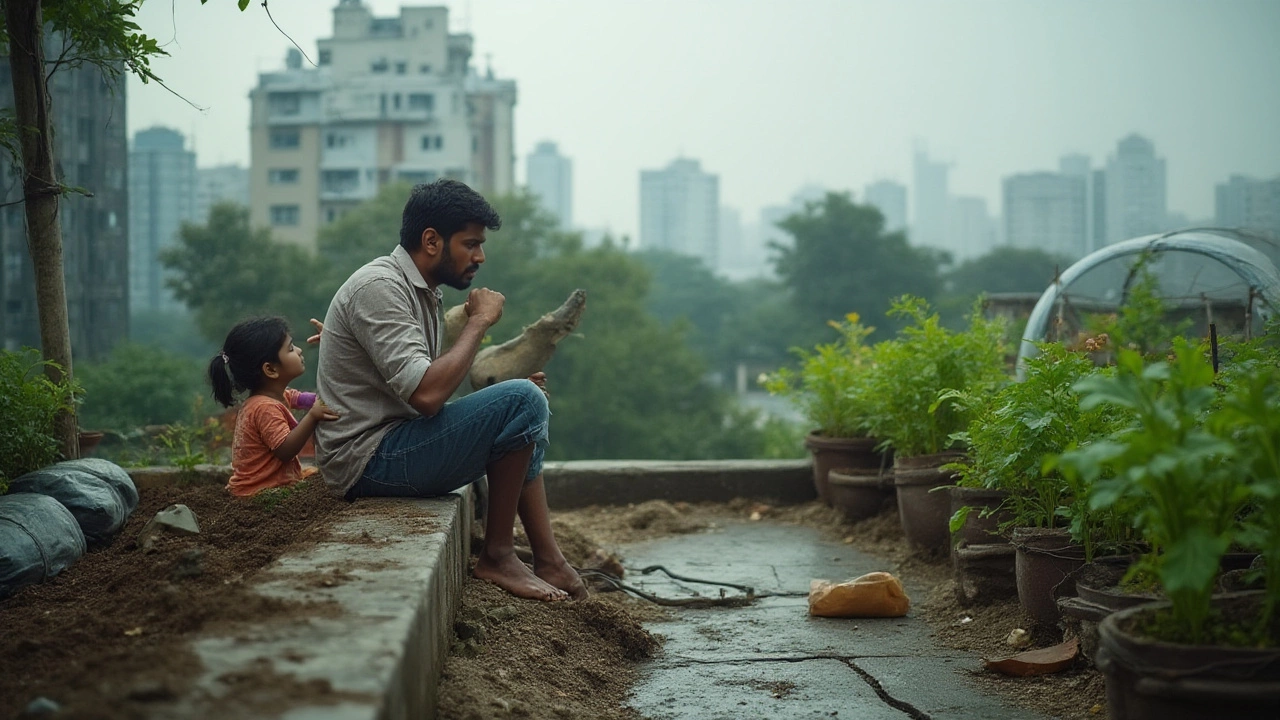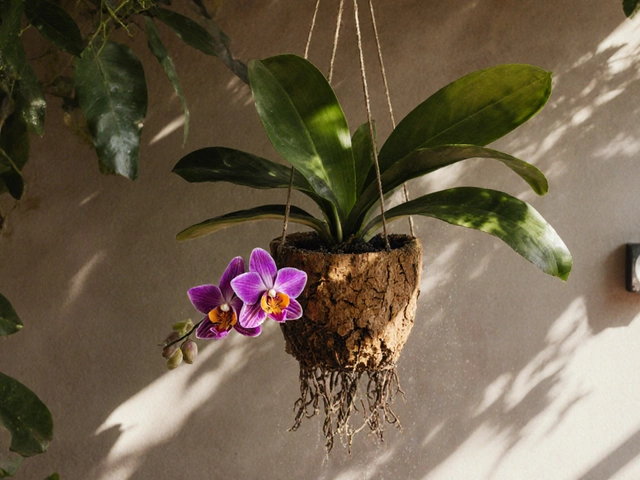Rooftop Farming Disadvantages: What No One Tells You Before You Start
When you think of rooftop farming, growing food on building rooftops to save space and reduce food miles. Also known as roof gardening, it’s often sold as the ultimate urban solution. But here’s the truth: it’s not all fresh herbs and Instagram-worthy planters. Many people jump in excited, only to deal with leaks, cracked concrete, and plants that die for no obvious reason. The real problem isn’t lack of sunlight—it’s what happens behind the scenes.
Soil compaction, when dense, poorly drained soil suffocates plant roots is a silent killer on rooftops. Regular garden soil turns to mud under weight and doesn’t drain right. You need special lightweight mixes, but those cost more and break down faster. Then there’s water drainage, the system that moves excess water off the roof without damaging the structure. Poor drainage leads to leaks, mold, and even structural damage. Most DIY guides skip this part because fixing it means hiring a contractor—and that’s not cheap.
Weight is another hidden issue. Wet soil, containers, and water barrels can add over 100 pounds per square foot. Older buildings weren’t built for this. A single large planter can weigh as much as a person. If your roof wasn’t engineered for farming, you’re risking cracks, sagging, or worse. And don’t forget wind. Rooftops are exposed. Plants get battered, pots tip over, and you’re constantly repositioning everything. Even shade cloth can tear in a storm.
Then there’s access. Carrying bags of soil, buckets of water, and harvests up stairs or elevators isn’t fun. It’s exhausting. And if you live in an apartment, your landlord might not care about your tomatoes—until the ceiling below starts dripping. Maintenance is also higher than you think. You’re not just watering—you’re checking for root rot, reinforcing planters, cleaning drains, and watching for pests that thrive in hot, dry rooftop conditions.
Some say rooftop farming saves water. But if your system isn’t designed right, you’re wasting more than you save. Overwatering leads to runoff, and runoff means your neighbors below get a surprise shower. Drip systems help, but they clog fast with rooftop dust and debris. And if you’re using recycled containers, they might leach chemicals into your food over time.
It’s not that rooftop farming is bad. It’s just harder than it looks. The posts below don’t sugarcoat it. They show you what actually goes wrong—like why your basil keeps dying even though you water it daily, or how a simple change in soil mix can stop leaks before they start. You’ll find real fixes for soil compaction, drainage traps that work, and how to pick containers that won’t turn your roof into a disaster zone. No fluff. Just what you need to know before you dig in.
Explore the hidden problems behind rooftop farming, including structural issues, costs, maintenance, and real-life urban challenges that surprise even enthusiasts.
Continue reading...





